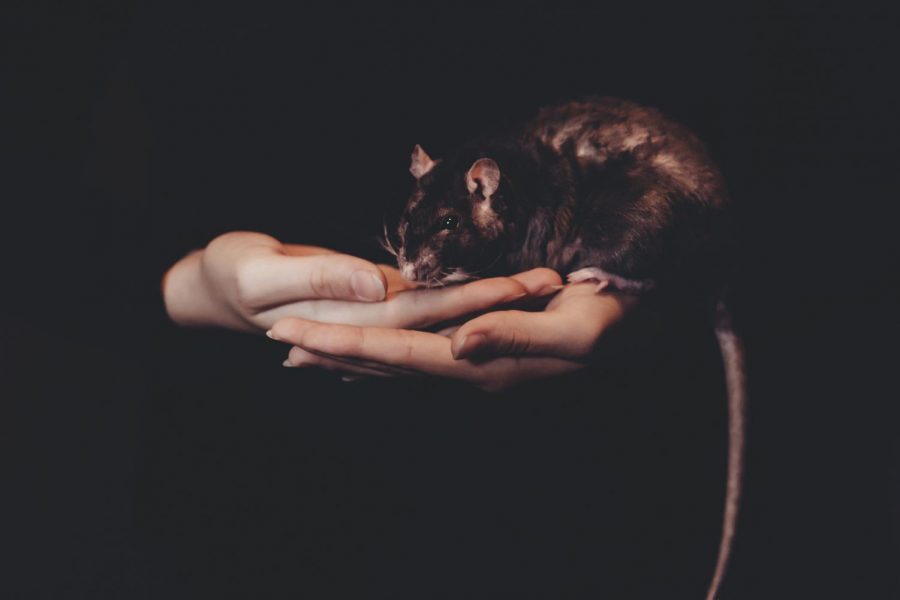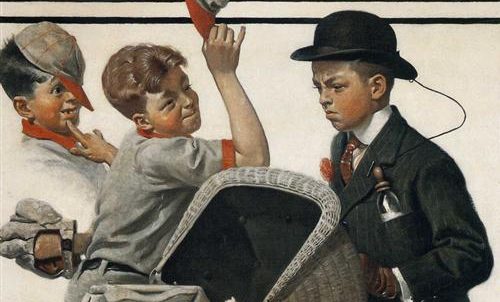Animal Testing Is Immoral
Did you know that over 100 million animals are burned, crippled, poisoned, and abused in U.S. labs every year? Unfortunately, 80% of the world still allows cosmetic and beauty products to be tested on animals? These are just a few of the appalling statistics in relation to animal testing.
According to hsi.org, “The term ‘animal testing’ refers to procedures performed on living animals for purposes of research into basic biology and diseases, assessing the effectiveness of new medicinal products, and testing the human health and/or environmental safety of consumer and industry products such as cosmetics, household cleaners, food additives, pharmaceuticals and industrial/agro-chemicals.” Although there has been more insight into animal testing, and the danger it poses on several animals, it still exists in most parts of the world. A majority of beauty companies, and pharmaceutical companies still use animals, such as rats, monkeys, guinea pigs, rabbits, hamsters, fish, and many others, to test the quality and impact of their products. Even though, these companies might try to defend these practices, it’s not lost on us that animal testing leads to a large number of animal deaths each year, and it also contributes greatly to animal extinction, as it is clearly an example of human action.
Many companies that use animal testing for biological and medicinal research, argue that animal testing is necessary to ensure that humans are protected. They claim that testing is needed to find answers to, and cures for, many diseases and illnesses which humans are battling. This is an invalid argument, because it has been proved by scientists and researchers that animal testing is unreliable and ineffective. According to crueltyfreeinternational.org, “Despite many decades of studying conditions such as cancer, Alzheimer’s disease, Parkinson’s disease, diabetes, stroke and AIDS in animals, we do not yet have reliable and fully effective cures.” If animal testing is supposed to be for the benefit of humans, why hasn’t it really worked? It’s quite obvious that if something doesn’t work out, and isn’t working out, that we should try and experiment in other ways. Other ways that do not involve millions of animals being constantly probed, and violated, in extremely cruel ways. Also, a lot of these companies don’t understand that despite some similarities, many animals differ from humans in terms of behavior and body composition. These animals used for animal testing do not even get some diseases that humans do. However, they are still being used to test for “cures” to these diseases. Additionally, the things injected into animals for the sake of animal testing, are very toxic to animals, and they react very badly to it, as they are not similar to humans. An example of the unreliability and inefficiency of animal testing is seen in Vioxx, a drug used to treat arthritis. According to crueltyfreeinternational.org, “Vioxx, a drug used to treat arthritis, was found to be safe when tested in monkeys (and five other animal species) but has been estimated to have caused around 320,000 heart attacks and strokes and 140,000 deaths worldwide.” It is heartbreaking that with cases like this, animal testing continues.
More on Impact on Animals
Many animals used for animal testing usually suffer allergic reactions to many of the things injected in them, which eventually causes distress, excruciating pain, disability, and death. Animals that are being used to test different products often go through long periods of starvation. Sometimes, they are not allowed to eat or drink, which in itself is extremely inhumane. In addition, they are forced to behave a certain way, forced to inhale something, and usually they are forcefully exposed to several harmful procedures.
Some Impacts on the Environment
The use and disposal of animals, in addition to chemicals and supplies in animal testing, contribute to the pollution of our planet. Many of these companies who engage in animal testing use a lot of chemicals and supplies, which if not disposed of properly, contribute greatly to pollution. Additionally, animal testing leads to a decrease in biodiversity. Many of these animals are forcefully taken, and many also end up dead which negatively impacts biodiversity. As more animals are used for animal testing, their population is rapidly decreasing. It really is very clear that these environmental impacts are barely acknowledged, but it is important to understand that these are more reasons as to why we should move away from using animals in research and testing.
A Prospective and Probable Alternative- Computer Models
One of the most probable alternative to animal testing is the use of computer models to model the human body and to conduct virtual experiments. A lot of human functions have been replicated and replaced with computer models and technology, so it is very possible that we can use technology to replace animal testing. With our rapid advancement in technology, and the use of computers, it should be considered that we develop a more efficient and reliable way to test cures for the human species. Other species should not be sacrificed for the benefit of others.











